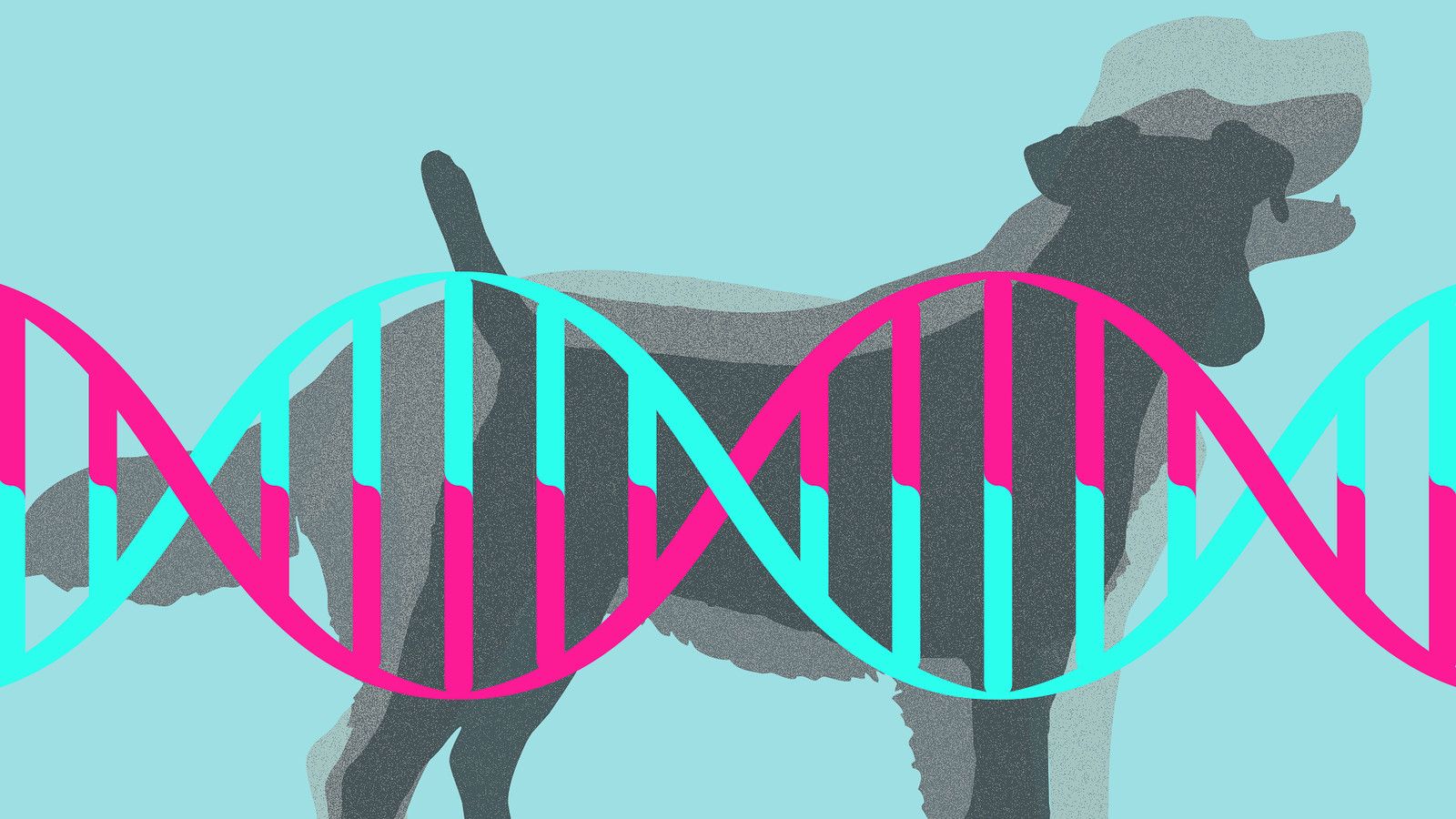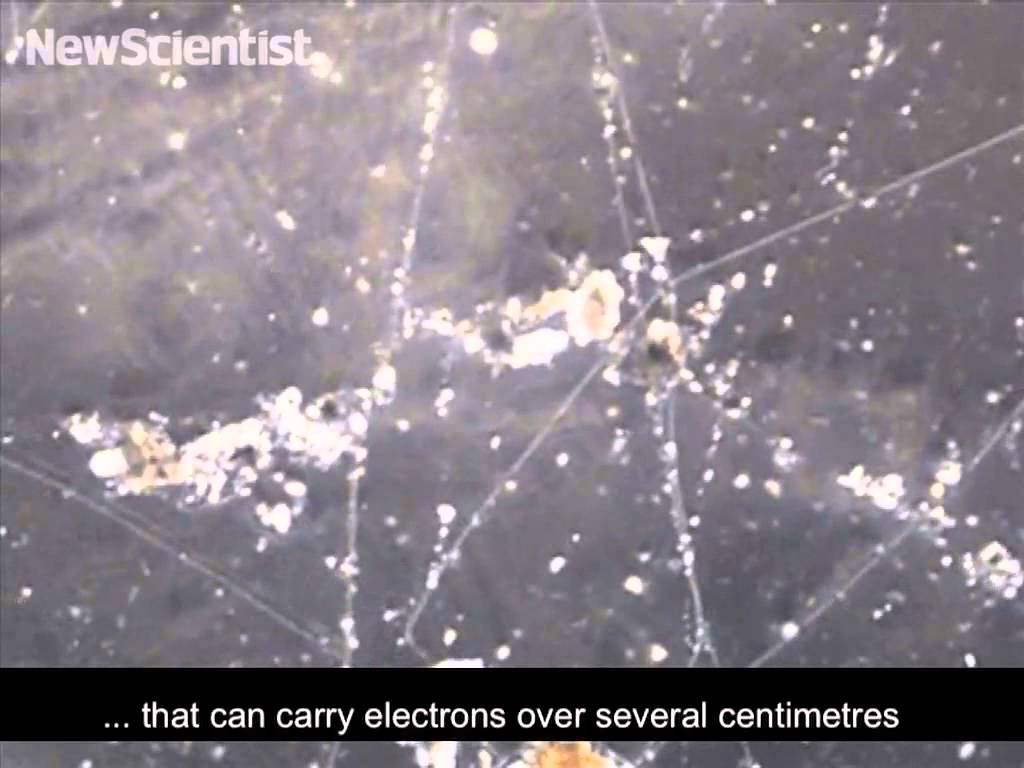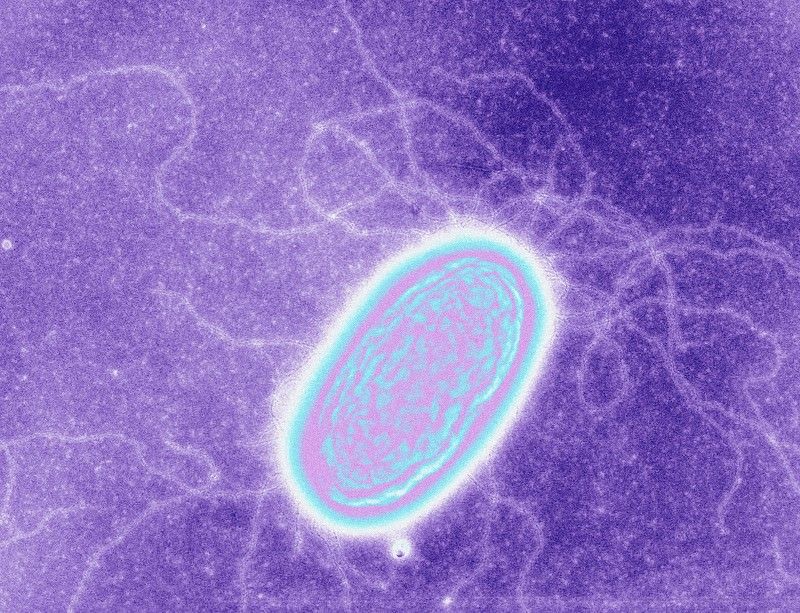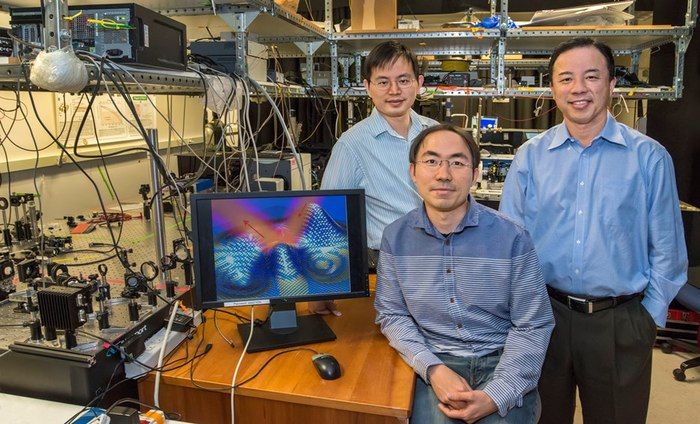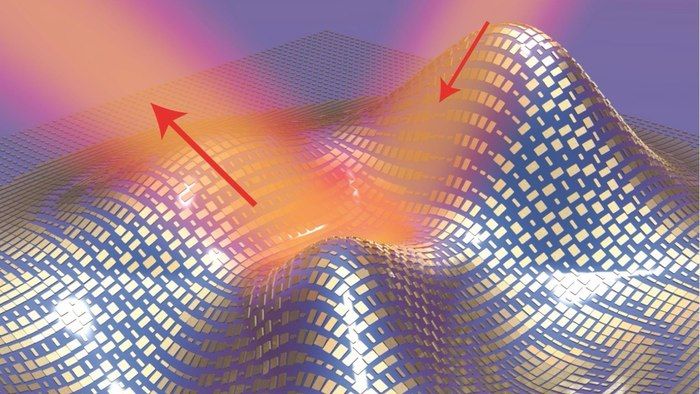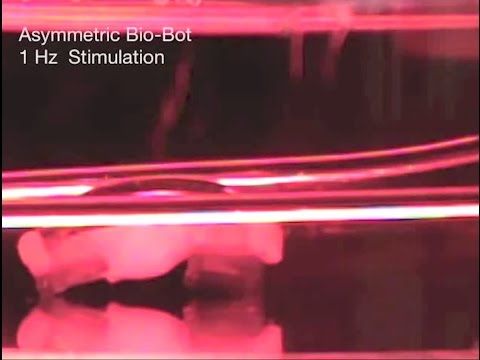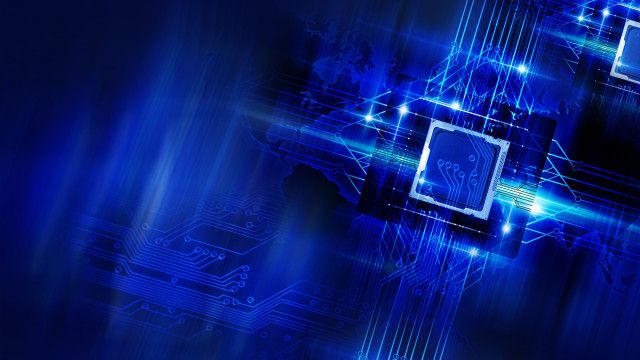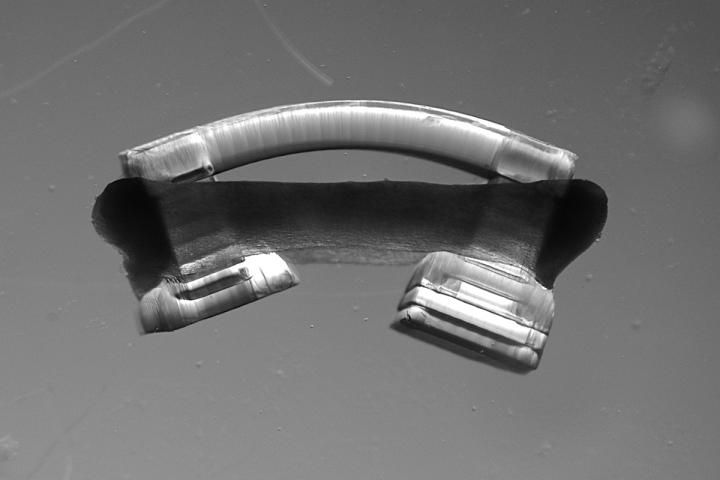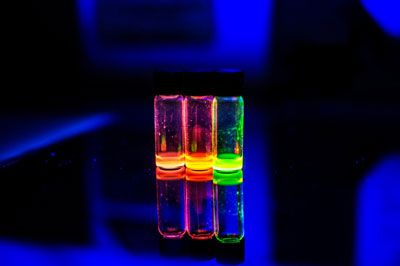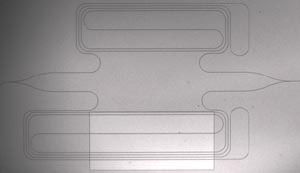Mar 15, 2016
Doggie DNA startup wants to learn about human diseases from dog drool
Posted by Klaus Baldauf in categories: biotech/medical, genetics, health
Finally there’s a use for dog drool: this spring, a new startup called Embark plans to launch a DNA testing kit for dogs that will tell owners about their canine’s ancestry, and disease risk. That’s not all the founders have in mind though; they may be aiming at human diseases by enlisting our longtime best friends.
Soon, interested pooch lovers will be able to swab their dogs’ slimy cheeks and mail in the sample. By extracting DNA from the swab, Embark’s founder says they’ll be able to trace a dog’s ancestry on a global level. The “Embark Dog DNA Test Kit” will also look for genetic variants that are associated with more than 100 diseases, and inform owners if their dog has a higher than average chance of developing one of them. The kit will also tell owners if their dog is likely to pass disease-associated mutations to a pup — which will likely be valuable information for breeders. Because of this, Embark’s founders say their product will be the most complete kit of its kind. At least, that’s the idea that Embark’s founders will be pitching today at SXSW.
For the company’s founders, the real objective will be the research they’ll be able to conduct with the DNA samples; that became clear when I spoke to two of Embark’s founders on the phone last week. They spent the first 10 minutes of the call talking about the potential of dog genetics to deliver advancements in human health. In fact, they were so enthusiastic about their future research that I had to interrupt them to steer the conversation back to the product we were supposed to discuss.
Continue reading “Doggie DNA startup wants to learn about human diseases from dog drool” »
